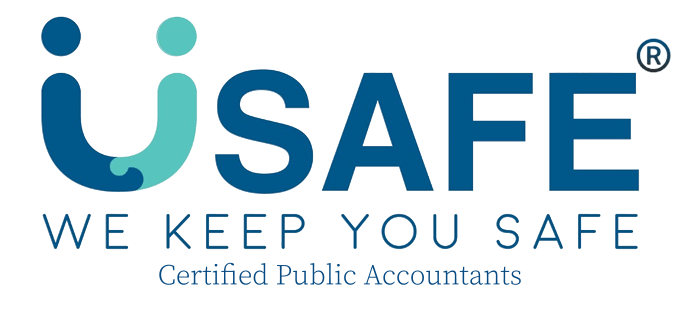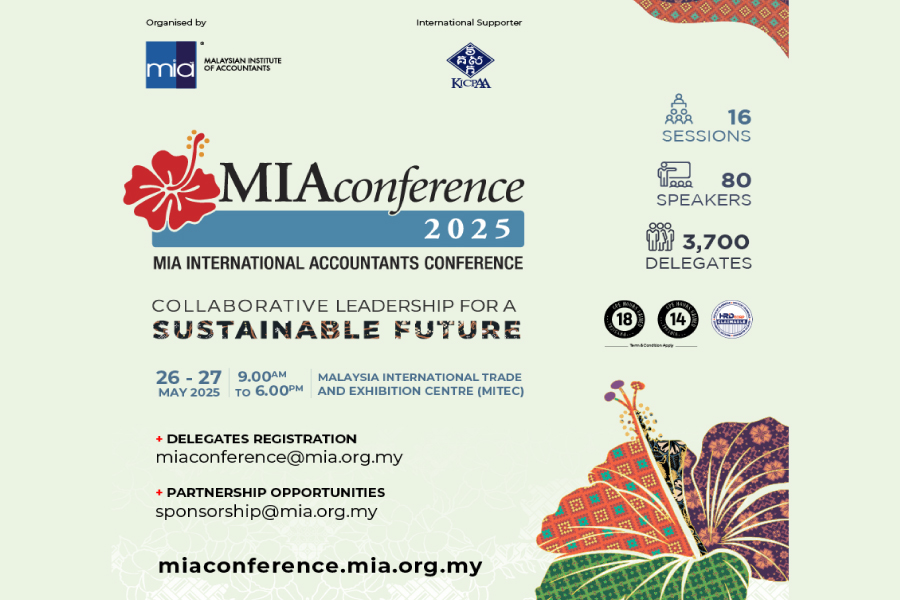MIA Practice Review 2025: Key Lessons and Red Flags for Malaysian Audit Firms
Kuala Lumpur, October 2025 — As Malaysia’s audit profession evolves, the Malaysian Institute of Accountants (MIA) continues to tighten its oversight of audit quality through the Practice Review Programme (PRP).
The 2025 cycle introduces sharper scrutiny on engagement documentation, partner involvement, ISQM compliance, and sustainability assurance. For small and medium practices (SMPs), the results of the latest reviews highlight areas where improvement is urgently needed — and where opportunities for better quality management exist.
📘 1️⃣ What Is the MIA Practice Review Programme?
The Practice Review Programme (PRP) is MIA’s core mechanism to monitor the quality of audit work performed by its members.
It assesses whether audit firms comply with International Standards on Auditing (ISAs), Ethical Requirements, and the Companies Act 2016.
In 2025, the PRP is aligned closely with:
-
ISQM 1 and ISQM 2,
-
ISA 315 (Revised 2019) on risk assessment, and
-
MIA By-Laws on Professional Ethics, Conduct and Practice.
As a result, firms are now expected to demonstrate documented systems of quality management — not merely individual compliance.
According to MIA’s latest Practice Review Report, only around 50% of firms reviewed in the last cycle achieved a satisfactory or “Type 1” rating. The remaining practices were either required to take remedial action or faced a follow-up review.
ISQM 1 & ISQM 2 in Malaysia – Enhancing Audit Quality and Compliance
🔍 2️⃣ Common Findings from the 2025 Review Cycle
The 2025 review highlights recurring deficiencies across small and mid-tier audit firms:
⚠️ a) Weak Audit Planning and Risk Assessment
Many firms still rely on generic checklists without tailoring risk assessments to specific clients. Under ISA 315 (Revised), auditors must identify and assess risks based on the entity’s business model, controls, and financial reporting environment.
⚠️ b) Inadequate Audit Documentation
Some working papers lacked evidence of partner review, key judgments, or linkage between risk assessment and audit procedures. Poor documentation remains the single most common finding in MIA’s reviews.
⚠️ c) Insufficient Partner Involvement
In smaller firms, partners often juggle too many engagements. MIA emphasises that partner involvement must be timely, active, and documented, not post-signing.
⚠️ d) Quality Management System Gaps
Several firms have yet to implement a structured ISQM 1 system. MIA expects firms to identify quality risks and design tailored responses — particularly for independence, staff competence, and engagement performance.
⚠️ e) Limited Remediation and Root-Cause Analysis
Some firms repeat the same issues across cycles. Effective remediation involves identifying why the deficiency occurred and ensuring training or process changes address it.
🧮 3️⃣ Thematic Focus Areas for 2025–2026
MIA has announced three thematic review priorities for the upcoming cycle:
-
Implementation of ISQM 1 and ISQM 2 — Reviewers will assess whether quality objectives, risk assessments, and monitoring activities are in place.
-
Audit of Going Concern and Subsequent Events — Given economic volatility, firms must show evidence of evaluating management’s assumptions.
-
Sustainability and ESG-Related Assurance — Firms providing limited assurance on ESG disclosures must comply with ISAE 3000 (Revised) and maintain independence documentation.
These focus areas align Malaysia with international regulatory trends set by the IAASB 和 IFAC.
🧭 4️⃣ How Audit Firms Can Prepare for the Next Practice Review
To improve results and readiness for inspection, firms should take a structured approach:
1. Conduct Internal Cold Reviews
Perform an independent review of at least one completed engagement each year. Document findings and remediation actions.
2. Strengthen ISQM Systems
Develop a documented quality management manual, establish monitoring cycles, and perform root-cause analysis of deficiencies.
3. Enhance Documentation Discipline
Use standardised audit software or checklists that clearly link risk assessments, audit procedures, and conclusions.
4. Provide Regular Training
Update teams on ISA changes (especially ISA 315 and ISA 540) and ensure continuous professional development (CPD) requirements are met.
5. Demonstrate Leadership Commitment
Partners must take visible ownership of quality — not only through sign-offs but by setting a tone of accountability and ethics.
A proactive, well-documented system will not only help firms pass MIA’s review but also strengthen long-term client confidence and credibility.
Setting Up a Subsidiary in Malaysia: Key Tax and Audit Considerations for Singapore-Based Businesses
💼 5️⃣ The Consequences of Non-Compliance
Firms that fail to achieve satisfactory results may face:
-
Remedial action plans and mandatory follow-up reviews.
-
Restrictions on new audit engagements.
-
Referral to the MIA Disciplinary Committee for repeated failures.
Therefore, early action is critical. Firms should not wait for the inspection notice to begin reviewing their systems — MIA reviewers expect evidence of continuous, not last-minute, quality monitoring.
🌟 6️⃣ How USAFE Can Support
At USAFE, we assist Malaysian audit firms in navigating MIA’s Practice Review and ISQM compliance requirements.
Our support includes:
-
Mock practice reviews and cold file inspections.
-
Development of ISQM 1/2 manuals and templates.
-
Training workshops for partners and audit managers.
-
Documentation reviews aligned with ISA 315 and 540 (Revised).
With our experience in regulatory compliance and audit quality management, USAFE helps firms turn inspection readiness into a strategic advantage.
Sources: https://www.mia.org.my/




